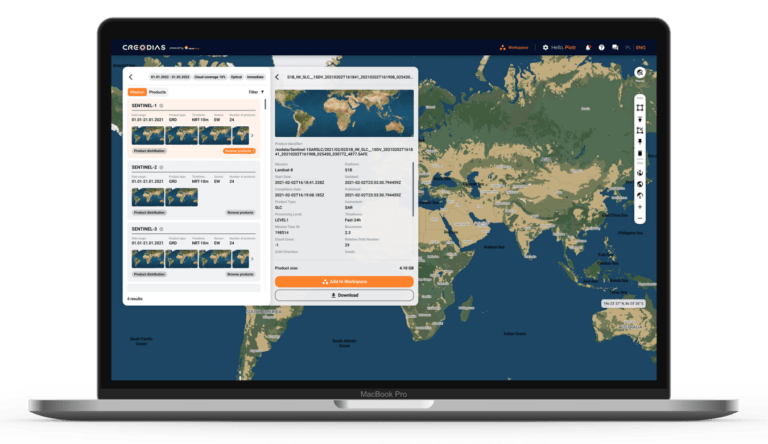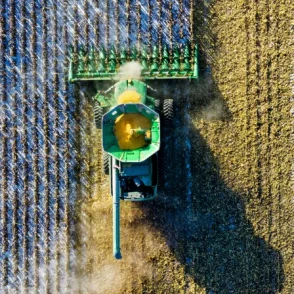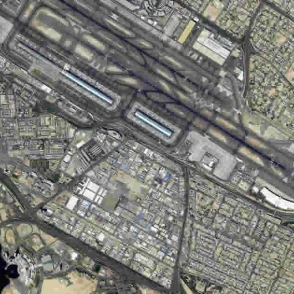Copernicus Data Space Ecosystem becomes the main Copernicus endpoint
Copernicus Open Access Hub ceases operations at the end of October 2023.

Latest CREODIAS statistics
67 PB EODATA size
26 TB data daily growth
99,9% API availability
All big solutions started from Data
Data Explorer
User friendly tool for searching, browsing and processing satellite data, that reduces the workload required to incorporate this data into the production process.

Processing center
Product Generation as a Service (PGaaS) is a serverless processing service, which allows easy mass processing of EO products without using virtual machines.

Get more information on data and use cases
Sign up to our Newsletter
Do you want to receive additional information about products, services, tools and upcoming events?
Stay up to date with the latest news, trends and upcoming events. Sign up for our newsletter.


























